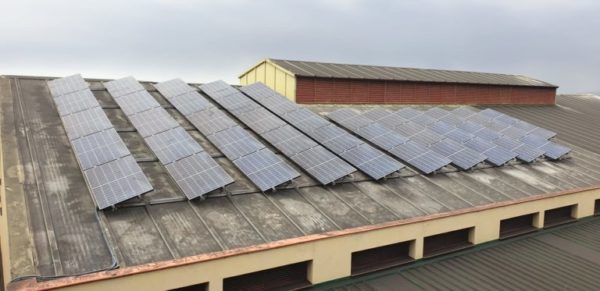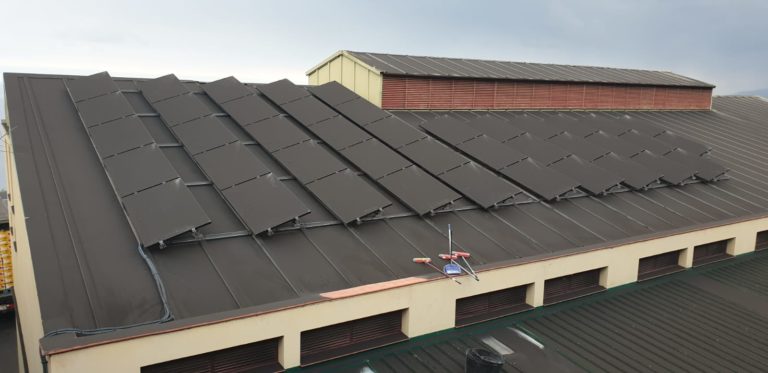From pv magazine Spain
At pv magazine, we recently analyzed the effects that the ash from the Dorsal de Cumbre Vieja volcano, in La Palma, on the Canary Islands, could have on a 1 MW solar facility that began operation in 2008. Now we have spoken with Alfredo Manuel Sánchez Ramos, a manager at Multisistemas E2, a Canarian residential and commercial installer.
We have asked him to what extent the volcano is affecting the PV systems located nearby. “We have lost five installations sold in 2010, and others that were commissioned four months ago, and one that was installed just a week before the volcano erupted,” he told pv magazine. “We have withdrawn another three residential systems at the request of the clients.”
Sánchez Ramos also revealed that another 25 arrays, both small and large, were cleaned. “In terms of the fallen ashes, we have quite a few problems each week, as we have to clean both panels and inverters,” he said.
“The ash from the volcano is very fine earth, like that of the beach of our islands of black sand. It hit the modules from all sides and some of the grains may also have a size that is larger than usual. But, as for now, we haven't identified any breaking in the panels,” Sánchez Ramos emphasized.

Image: Multisistemas E2
We asked if it would make more sense to wait for the volcano eruption to finish or considerably reduce its activity before cleaning the installations. “This is a question for the end customer but we understand the motivation that drives customers to clean now,” he also explained. “Some facilities sell production to the network and we all know that the market price is on the rise. The same reason leads self-consumption, industrial and residential, to want the installation to be operational again as soon as possible.”
The sand creates a thick layer on the modules and Multisistemas E2‘s specialists work with blowers or very fine brushes so as not to damage them. Once the sand is removed, they clean the panels with water but inlet water cannot be used, as doing so would form a very heavy putty that can damage the modules.
Air is used to clean the inverters and their interior parts, especially the filters and electronic circuits. “And we lubricate everything,” added Sánchez Ramos. “Thank goodness we have worked on time and the components have not been damaged for now. But if they were not cleaned, I think the fans and electronic parts and capacitors would suffer a lot.”

Image: Multisistemas E2
This content is protected by copyright and may not be reused. If you want to cooperate with us and would like to reuse some of our content, please contact: editors@pv-magazine.com.



By submitting this form you agree to pv magazine using your data for the purposes of publishing your comment.
Your personal data will only be disclosed or otherwise transmitted to third parties for the purposes of spam filtering or if this is necessary for technical maintenance of the website. Any other transfer to third parties will not take place unless this is justified on the basis of applicable data protection regulations or if pv magazine is legally obliged to do so.
You may revoke this consent at any time with effect for the future, in which case your personal data will be deleted immediately. Otherwise, your data will be deleted if pv magazine has processed your request or the purpose of data storage is fulfilled.
Further information on data privacy can be found in our Data Protection Policy.